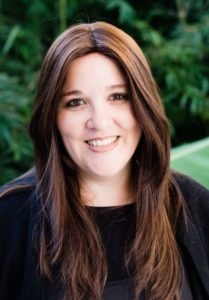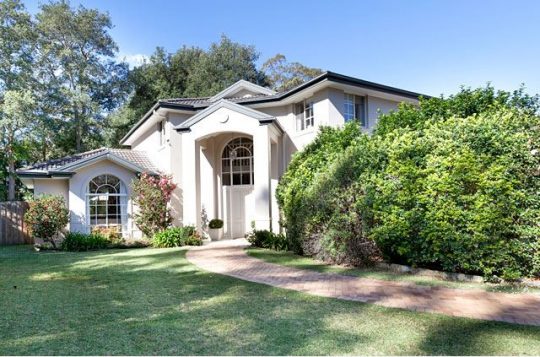For most of us, it’s long, white corridors and locked wards. It’s a common belief about dementia care that Tamar Krebs, the founder of Group Homes Australia, wants to change.
Ms Krebs, who has over 18 years’ experience in aged care, who has eight homes across Sydney, with elderly people living together in a real home and services tailored to each resident.
She opened the first in 2011 after questioning what she calls society’s need to “warehouse our elderly”.
How does Group Homes differ from traditional models?
Creating a home-like environment
Groups Homes has a maximum of 10 residents per house, 95 per cent have dementia, the youngest 45. The home care ratio is much lower than traditional care, with one ‘homemaker’, as they call their staff, for every three residents.
Residents are encouraged to keep to their normal routines, and can wake, nap and shower in their own time.
They’re also able to go on accompanied outings to local shopping centres, hairdressers and super markets and use the kitchen with carer assistance.
The houses themselves are designed to blend into the local community, without any signage or logos.
Family members are also encouraged to be actively involved in care of their relatives, and are encouraged to stay for meals and visit at any time they want.
Changing the face of dementia care

Finding suitable staff who will embrace their philosophy has been a challenge though. “We need to re-program how they support people living with dementia,” Ms Krebs says.
Sixty beds are also considered to usually be the minimum for an aged acre facility to be profitable.
After being bankrolled by an initial investment of $3.5 million from private investors, residents now pay most of the bills. In addition to the usual upfront payment, fees range from $58 to $150 a day depending on the location and level of care.
While this model has proved popular overseas, it’s yet to take off here, but Ms Krebs is hoping to change that. “We plan to take the Group Homes Australia model nationwide within the next year,” she says.
With the number of people with dementia set to soar to 400,000 in the next five years, it’s an option that’s likely to be in demand.
Find out more about Group Homes Australia here.



